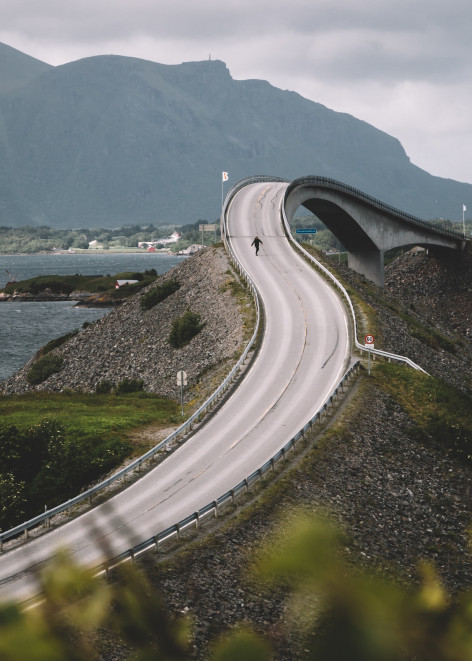Science communication is a multifaceted, increasingly prevalent, and relevant discipline that seeks to bring science into everyday conversation.
The aim is to demystify science, take it out of the laboratory, make it accessible, and facilitate two-way conversation between scientists and non-scientists. These conversations can happen anywhere; in a museum, at a café, or on a guided tour.
I think of science communication as building a bridge spanning gaps between science and society, especially for those seeking a deeper, richer experience when they travel. These bridges can provide a framework for high-quality interaction between scientists, tourists, tourism operators and people living in the area including participant feedback, citizen science, and indigenous science. As with any bridge, a solid foundation is needed to withstand the next flood of misunderstandings, misperceptions, and misinformation.
I think of science communication as building a bridge spanning gaps between science and society, especially for those seeking a deeper, richer experience when they travel.
Effective science communication begins with listening to the audience. Everyone brings some scientific knowledge along with them and starting from where the audience is promotes a shared understanding. Of course, a clear understanding of the science landscape of the area or topic is vital. Then, and only then, can the communication go to the next step, providing clear, useful, and digestible scientific information.
This science information can focus on what the audience is interested in, perhaps with a view to widening perspective and bringing in new concepts without assuming they want to hear about all the whiz-bang science. Science communicators understand that it can be difficult for scientists to step back and realise not everyone is as familiar with their research as they are. Sometimes concepts that are blindingly obvious to scientists aren’t at all obvious to the non-scientist.
Science communication can provide a path through the ever-increasing competition for society’s attention avoiding the loss of science in the ‘fog’. There are so many demands on time and the availability of information is easier than ever. Science communicators help to clarify science with written, verbal, informal science education, news releases, and providing information for decision-makers, citizen scientists, and co-producers or co-creator of science.
Finally, I think science communication in the context of scientific tourism highlights the value of local knowledge and experience, after all as Frank Rennie noted in his book, The Changing Outer Hebrides, "a place is not remote to those who live there".
Maureen Whalen
Photo by Mick Truyts on Unsplash
Photo by Iswanto Arif on Unsplash

